STRETCH MARKS: AN OVERVIEW
Stretch marks are long, narrow streaks, stripes or lines that develop on the skin and occurs when the skin is suddenly stretched and are extremely common. Stretch marks can occur on a range of our body parts – they can be on our stomach, thighs, hips, breasts, upper arms and even lower back.
Our skin can appear thin and pink or even irritated and itchy before stretch marks begin to emerge. Stretch marks may usually develop as wrinkly, raised streaks that appear as red, purple, pink, reddish-brown or dark brown, depending on our skin color. They eventually fade and flatten and even turn to a silvery color over time.
Anyone can have or develop stretch marks. They're common among women, but men also have stretch marks too. Stretch marks are normal and part of our growing process, but if you don’t want them to appear as prominent, there are plenty of ways to get rid of stretch marks.
CAUSES OF STRETCH MARKS
There are a lot of reasons as to why stretch marks occur but these are some of the common ones that we know of: Pregnancy, puberty, rapid weight gain, medical conditions, corticosteroid use whereas its risk factors are a family history, chronic diseases, body mass index before pregnancy and birth weight of the child in pregnant women. Stretch marks may also occur when we lack collagen or when our skin doesn’t produce or absorb much collagen in our body.
Which Products Get Rid Of Stretch Marks?
There are tons of topical oils and ingredients which may help in reducing scarring. However, there is limited evidence when it comes to healing stretch marks. It helps to look out for some stretch marks if they are something you are concerned about and wish to treat them as well as reduce their appearance.
- Vitamin C would also do as a source of topical treatment, as well as Vitamin A (retinol) and Vitamin E.
How To Get Rid Of Stretch Marks With Home Remedies
Just like any other scars, stretch marks are permanent but these home remedies for stretch marks can help stretch marks seem less noticeable.
There are so many ways we can get rid of stretch marks using home remedies.
1. SPREADING ALOE VERA OVER YOUR STRETCH MARKS
Aloe, the wonder plant is full of benefits and known as a wound healer for many skin conditions globally. Aloe vera contains mostly of water and a variety of nutrients which are good for our skin. Aloe vera also helps in sustaining our skin tissues and restoring them to good health.
Aloe vera helps get rid of stretch marks naturally. The vital enzymes, minerals, vitamins and fatty acids from this plant helps in healing stretch marks and its plant collagen content improves the skin’s elasticity.
How To Use This On Stretch Marks:
* Remove the thorns of the aloe vera with a knife then peel off the skin.
* Slice the flesh into small pieces and grind them in a blender.
*Apply aloe vera gel on your stretch marks and gently massage for 2 minutes, twice a day.
* Let the aloe vera gel air dry (which is best) or wash it with lukewarm water if it feels too sticky.
2. APPLYING STRETCH MARK CREAM TWICE A DAY
The fastest way to get rid of stretch marks naturally is to apply stretch mark creams at least twice a day. Applying creams helps reducing stretch mark appearance in as little as 3 weeks. Look for creams that contain almond oil, rosehip oil, or vitamin C and E. If you are acne-prone, you may want to avoid using heavier creams that contain coconut oil.
How To Apply Stretch Mark Creams:
* Take a warm shower to open the pores of your skin.
* Apply a thick amount of stretch mark cream on your stretch marks or scars.
* Gently massage in a circular motion for about 2 minutes.
* Allow the cream to fully penetrate at least 5 minutes into your skin.
* Apply twice a day.
3. USING COCONUT OIL
One of the home remedies to treat stretch marks would be the coconut oil as this household product increases blood flow to your skin and produces collagen fibers. It is also good for helping your skin retain its elasticity and suppleness. However coconut oil can aggravate acne for many people, so if your body is acne-prone you may want to proceed with caution with coconut oil.
How To Use Coconut Oil For Stretch Marks:
* Cut the coconut in half and use the scraper to extract its flesh.
* Chop the coconut flesh into small pieces.
* Shred them in a blender at a medium speed. You may add some hot water if necessary.
* Pour into a jar or strainer.
* Leave a fridge overnight (allowing separation of coconut milk and oil).
* Scoop out coconut curd from the jar.
* Place them in a saucepan then turn on the stove on medium heat.
* Cook for 1 hour, stirring frequently.
* Let cool for 15 minutes then pour over the coffee filter to extract the oil.
* Apply coconut oil twice a day on stretch marks to see improvements.
4. GETTING RID OF STRETCH MARKS WITH RETINOL
Retinoid creams or retinol may also be the fastest way to get rid of your stretch marks. Retinol is also a source or compound of Vitamin A which produces collagen needed to repair your stretch marks. Take note though that Vitamin A may not or is not safe to use in treating stretch marks during pregnancy.
5. HEALING STRETCH MARKS WITH POTATO JUICE
Juice extracted from a potato is rich in minerals and vitamins and helps in restoring skin cells back to its glory and growth. They are great for reducing the appearance of the dreaded stretch marks.
How To Apply Potato Juice On Stretch Marks:
* Rub the thick, medium-sized potato slices on the stretch marks for a couple of minutes.
* Apply the potato juice evenly on affected areas, making sure the affected skin areas absorb them well.
* Let them dry for some time and wash on them later with warm water.
Other natural home remedies for treating stretch marks include exfoliating affected areas with raw sugar, almond oil, and lemon juice mixture. Just rub them gently for 10 minutes then wash it off.
6. Microneedling Over Stretch Marks
Microneedling, or otherwise known as dermarolling, helps to reduce the appearance of stretch marks and acne scars and has been a popular option for a facial or DIY treatment. This minimally invasive treatment involves using very tiny, fine needles ranging between 0.5mm (for backside, thighs and stomach) to1 mm that pass over the skin, creating micro-wounds to trigger or build new collagen and elastin synthesis as the skin begins to repair itself.
Use the Banisher at least once every 2 weeks. This tool can be found in the Banish Kit and the Collagen Booster Kit and these kits can also be used on fine lines, wrinkles, stretch marks, body scars and other affected body areas, just not around those where you have active acne.
Note: It is also best to consult with a dermatologist before using this tool if you are taking any prescription medications or cream for acne or any other skin conditions.
Why Microneedling Gets Rid Of Stretch Marks
The Banisher Roller is recommended for most people who want to revitalize, brighten and improve their skin texture and can be used for both body and face, most especially in treating stretch marks. It stimulates elastin and collagen production in the affected areas and encourages the production of building blocks as well as reducing the visibility of any stretch marks.
Just like with stretch marks, you can also use the Banisher Roller for cellulite . Cellulite is dimpled appearances of the skin that usually appears on the thighs, hips and buttocks. This condition is more common in women than in men.Using a roller stimulates the healing process of the skin and improves the absorption of topical creams being applied. This tool helps to quickly absorb the cellulite creams and massage oils and eliminate cellulite dimples and sagging skin. Results may start showing after two to three weeks after use and may vary from skin to skin. It’s best to avoid these common microneedling mistakes to get the best results.
7. Apply Natural Oils On Stretch Marks
Natural oils are a great home remedy for stretch marks. Try oils like
- Wheat germ
- Sweet almond oil
- Tamanu Oil
These are some nourishing oils that are popular and help in massaging tired skin and support skin moisture levels. Tamanu oil is also skin repairing. These types of oils are rich in skin-protective nutrients which make them popular bases and carriers for oils and botanicals. Another example is the hyaluronic acid as it is a naturally occurring acid that boosts and holds the moisture for the skin – popular for a heavy-duty moisturizing and helps in keeping your skin elastic to prevent damage from overstretched skin.
8. Apply Herbal medicines such as calendula and St. John’s Wort.
They may topically help with skin problems such as scarring and repairing stretch marks – they are also used for numerous skin conditions whereas lavender and rose essential oils make a popular choice for supporting skin health and gotu kola for healing scars and stretch marks. Rosehip oil is traditionally used for reducing the appearance of skin blemishes and scars.
There are really a lot of remedies that you can choose from when it comes to stretch marks. We just need to find the right one for our skin as results really vary from one person to another. Patience is the key. :)
HOW DO WE PREVENT STRETCH MARKS?
Stretch marks may be prevented by absorbing several nutrients, especially collagen formation – zinc and Vitamin C (both essential for collagen production or formation). Bone broth and other gelatin-rich animal foods also make a great team for building good collagen.
Vitamin C can be found in fresh fruits and vegetables, however, their vitamin content exhausts with the passage of time and light exposure. Produce that is bought from the supermarkets may be unreliable sources of Vitamin C when up to a week old by the time it reaches the shelves and may require supplementation.
Another way to prevent stretch marks is by eating foods that are rich or high in zinc, such as oysters, nuts and seeds and meat. Just like for Vitamin C, supplementation may be required for some people, particularly vegetarians, as some of the content of the foods mentioned above may be low and acquiring adequate amounts of zinc may be difficult to reach.



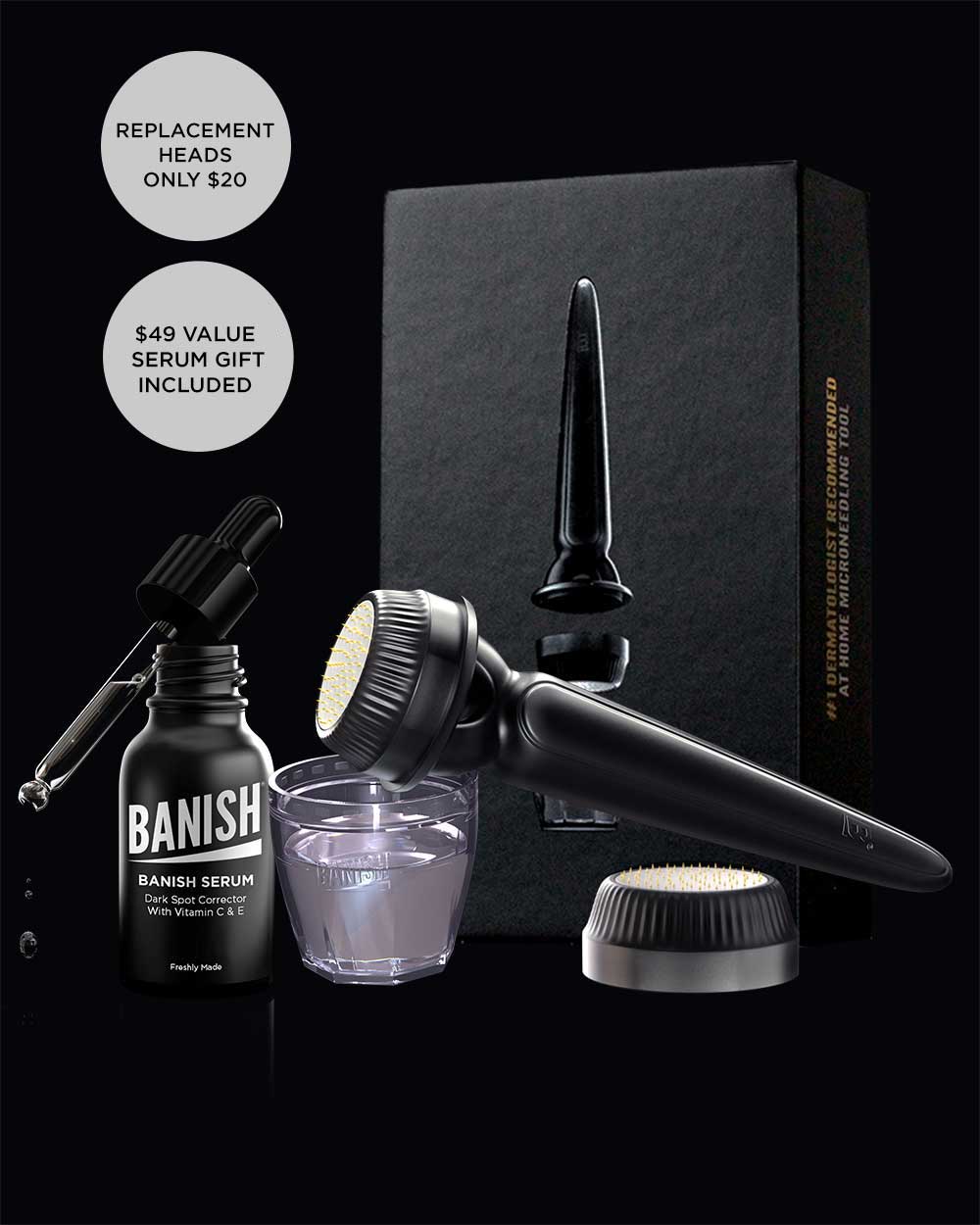
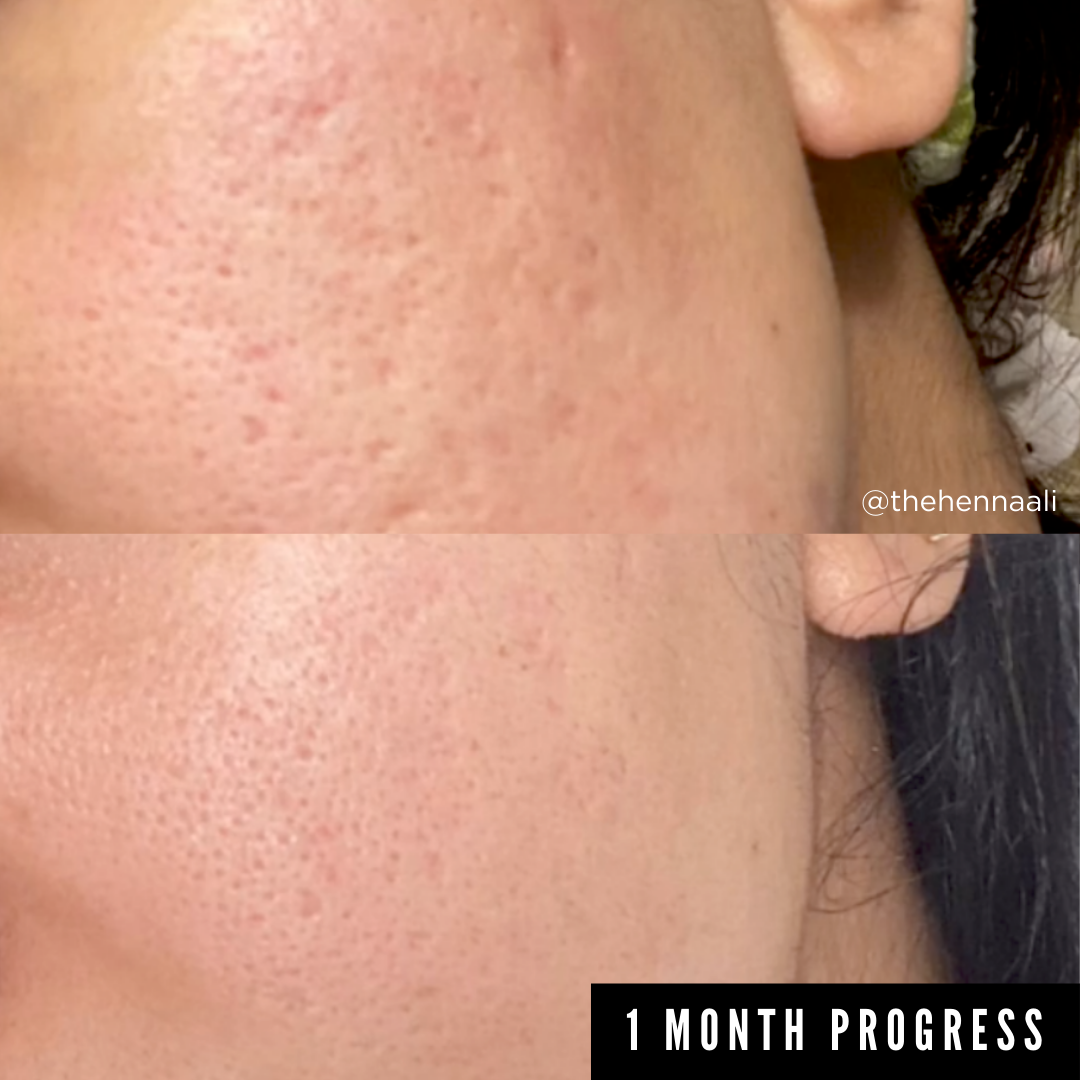

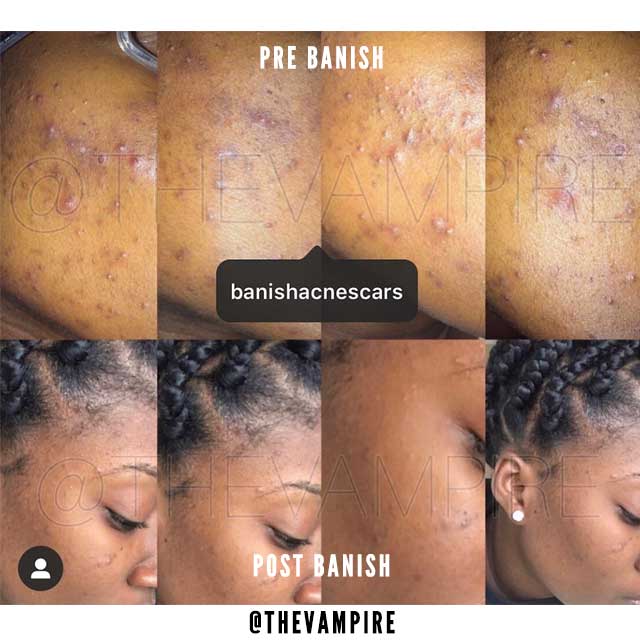
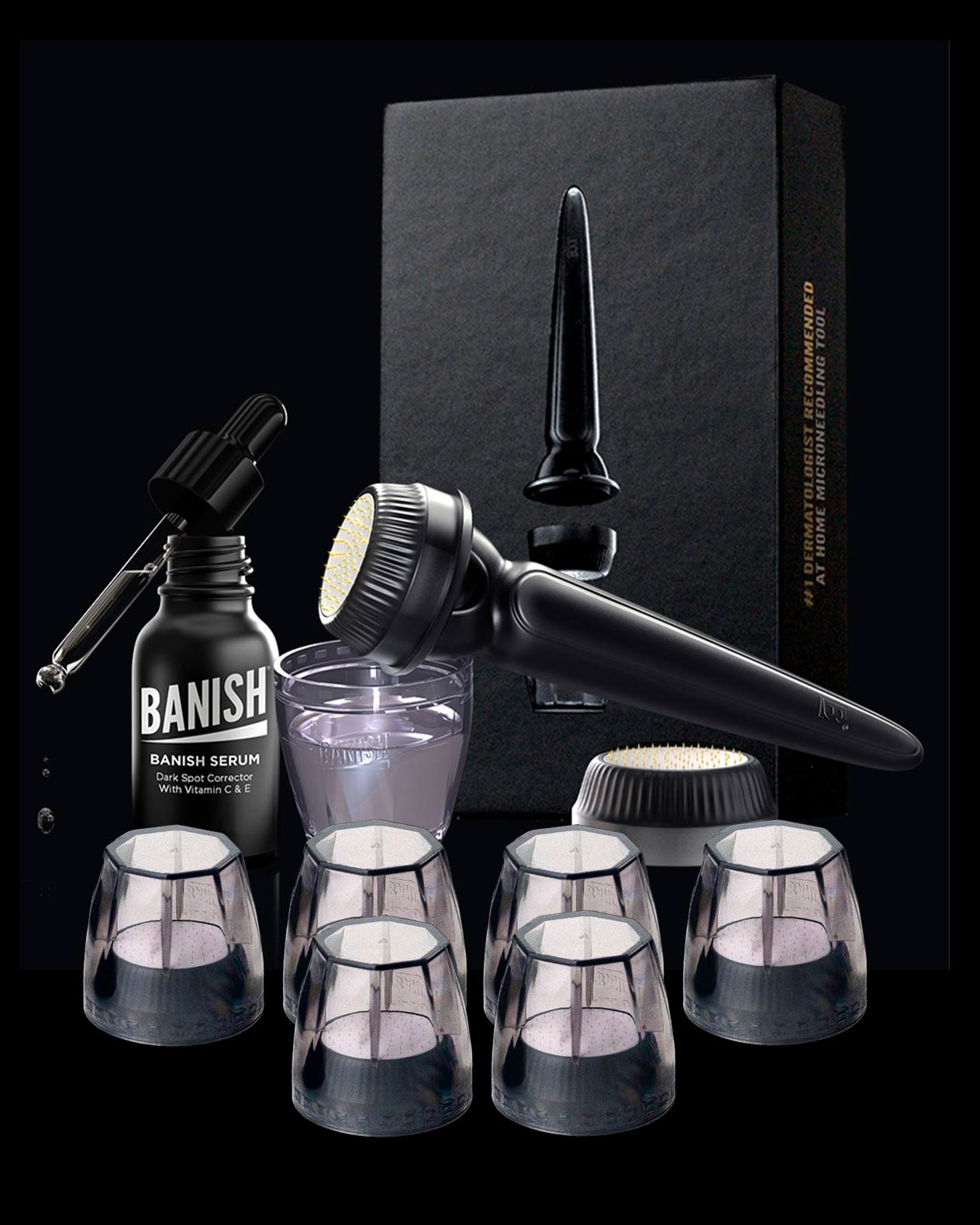
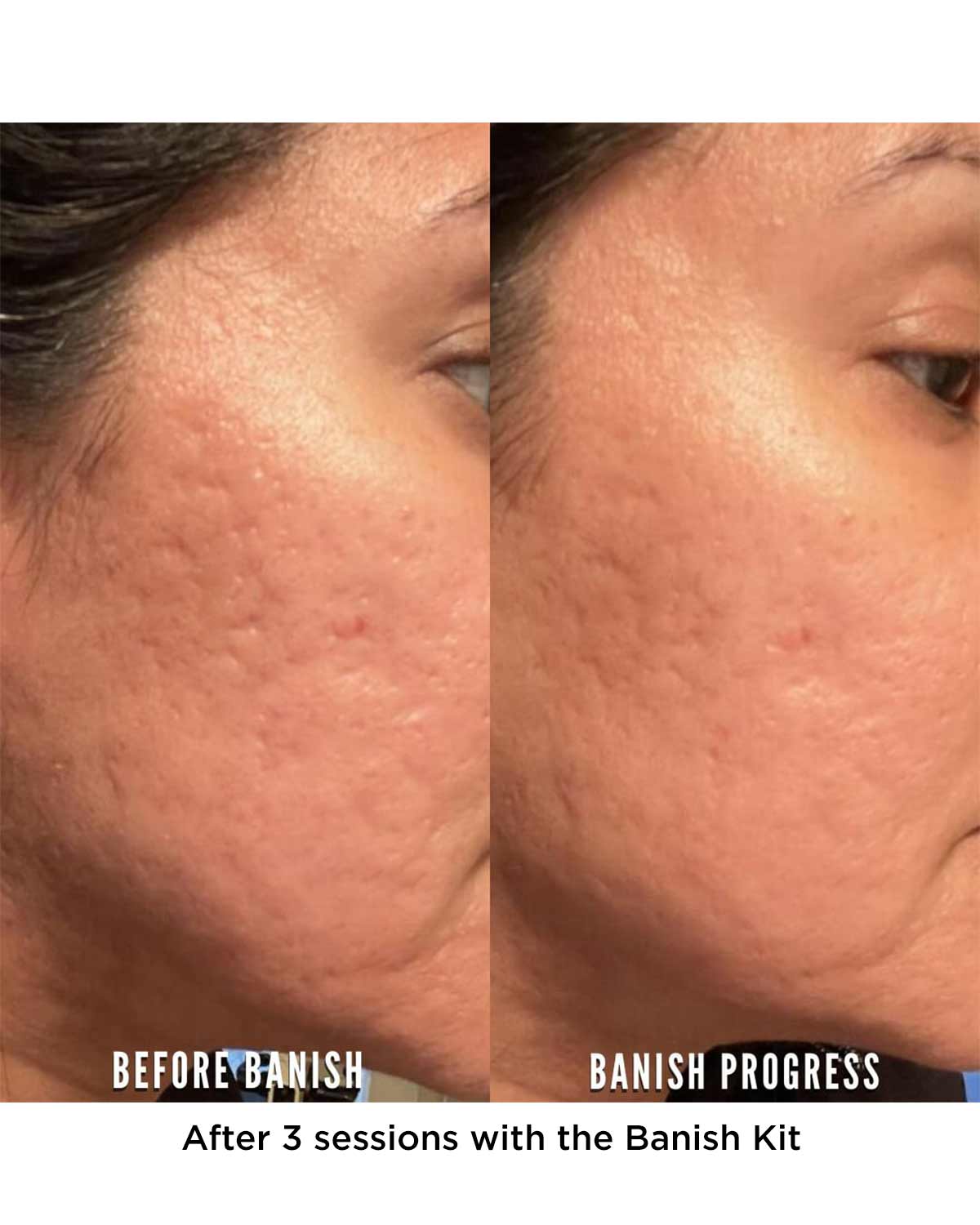
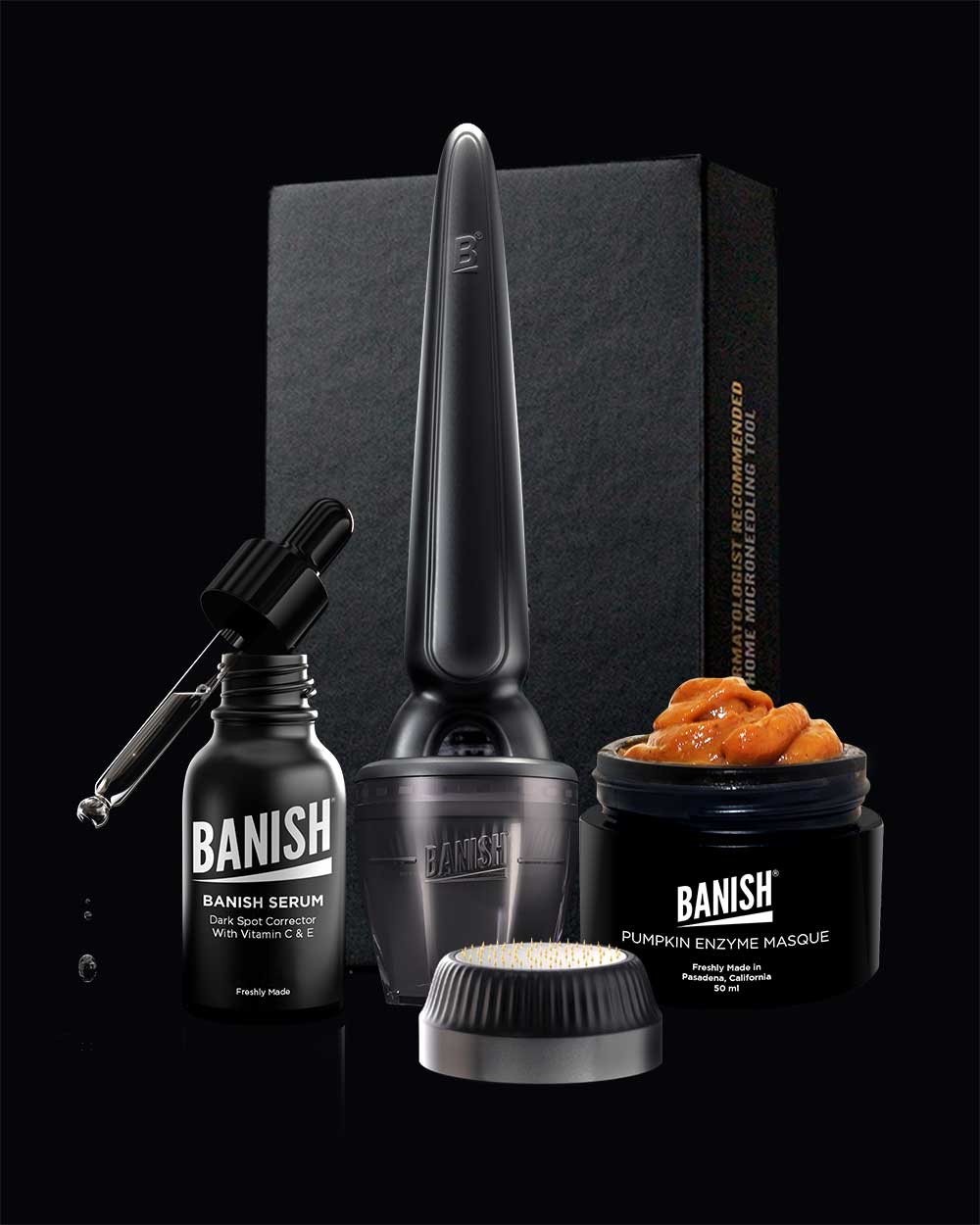
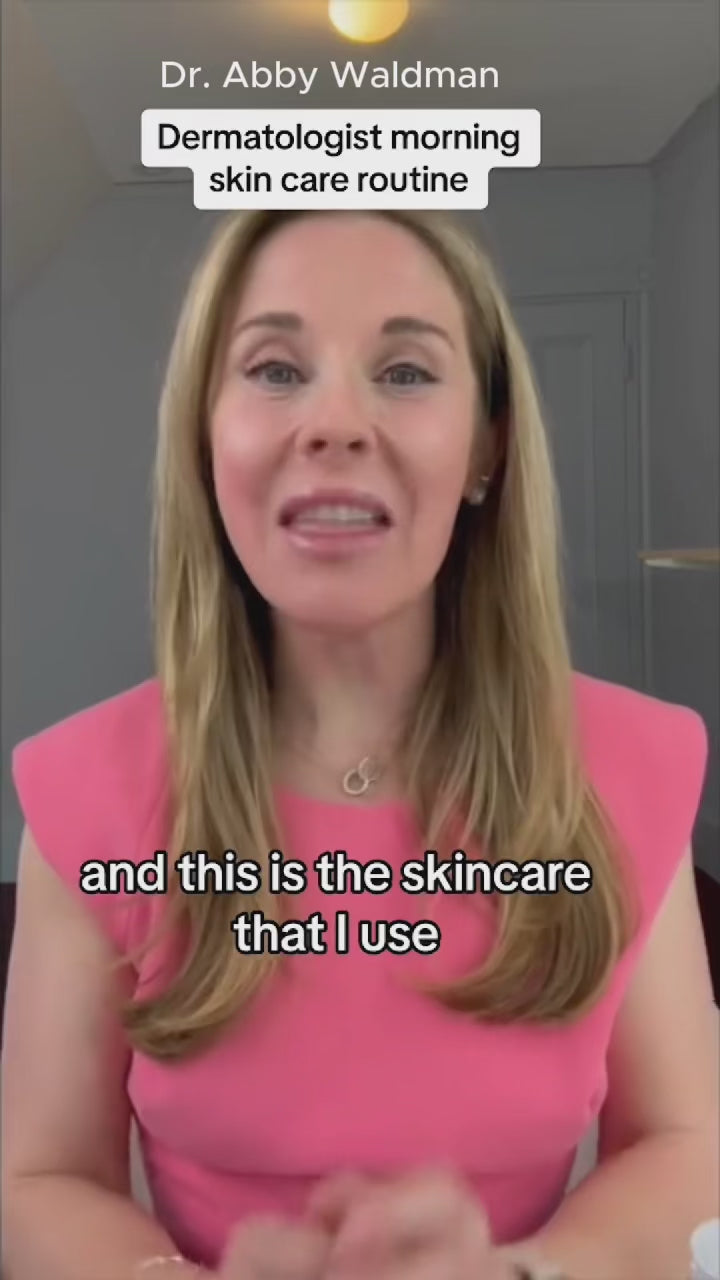
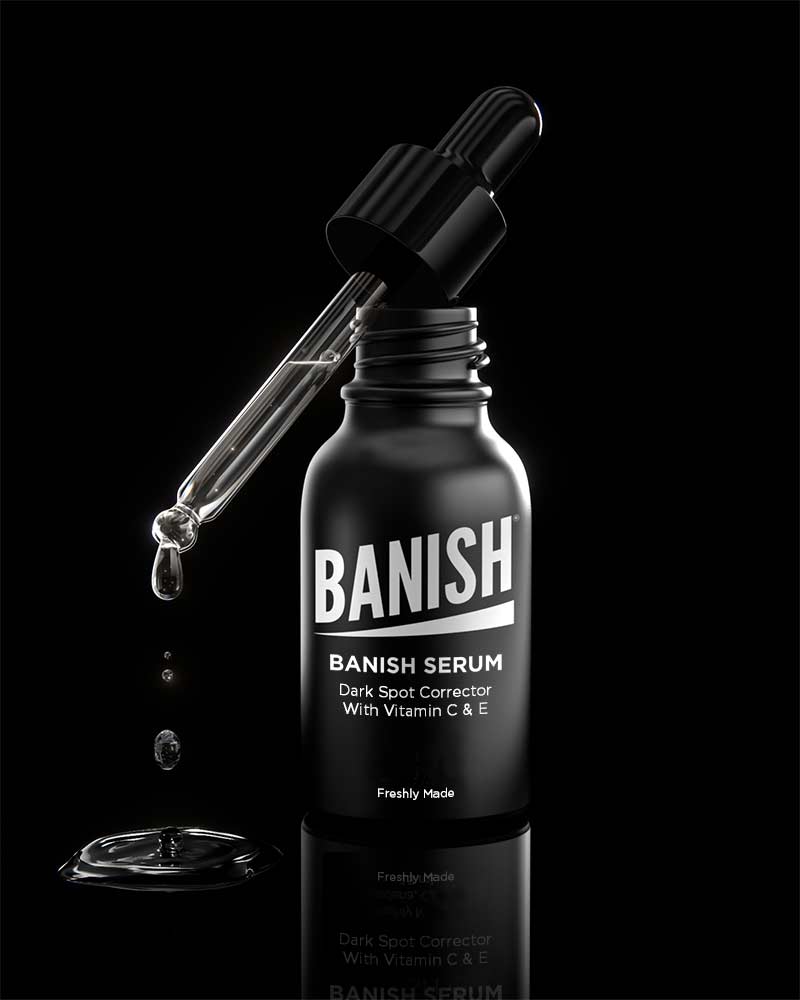

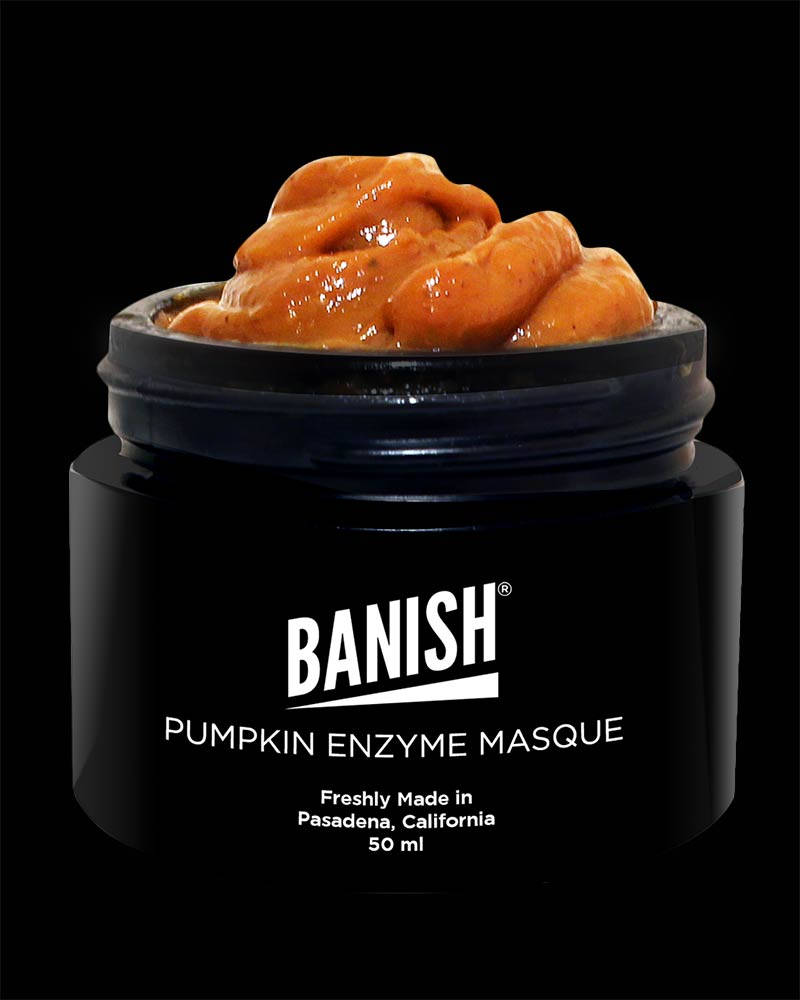

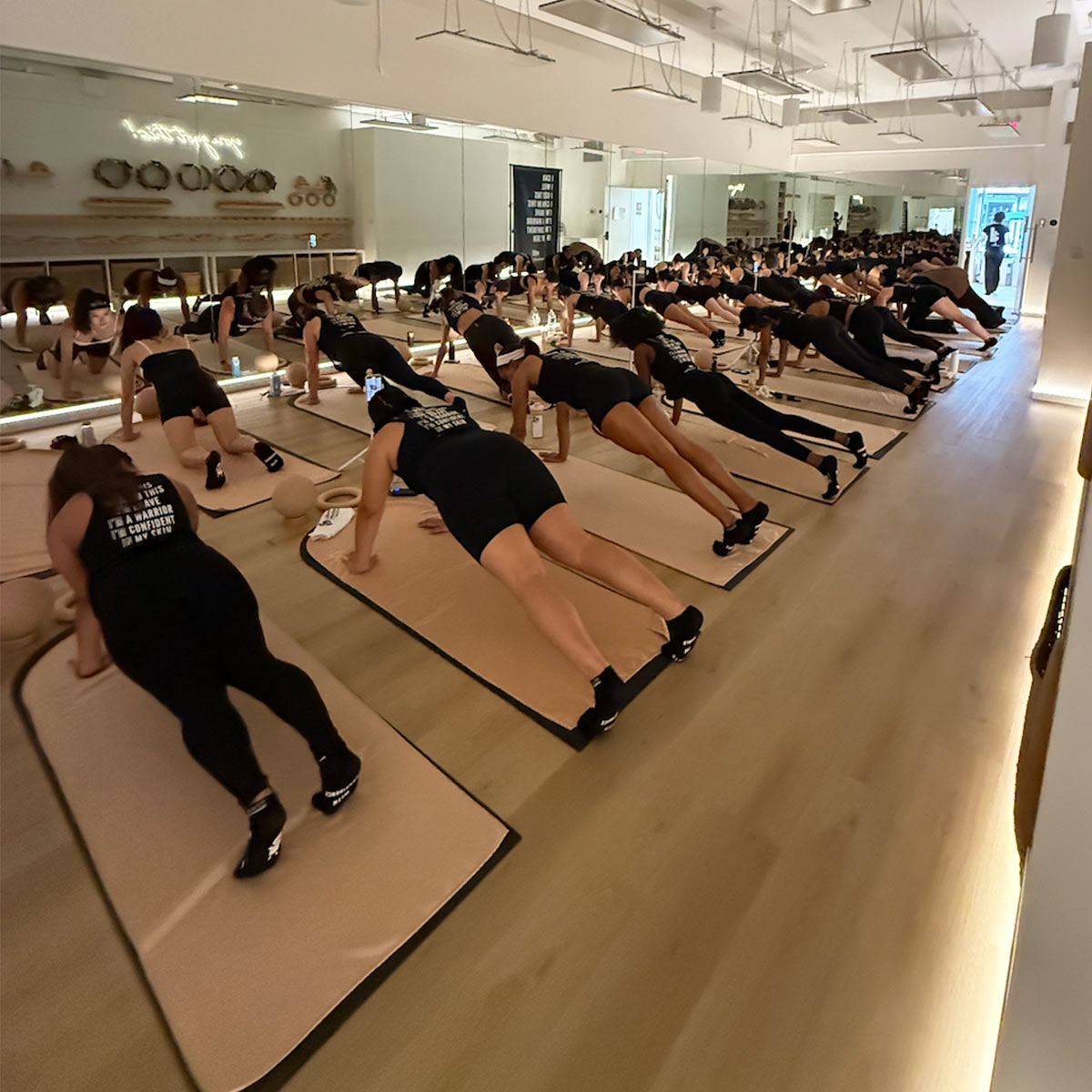
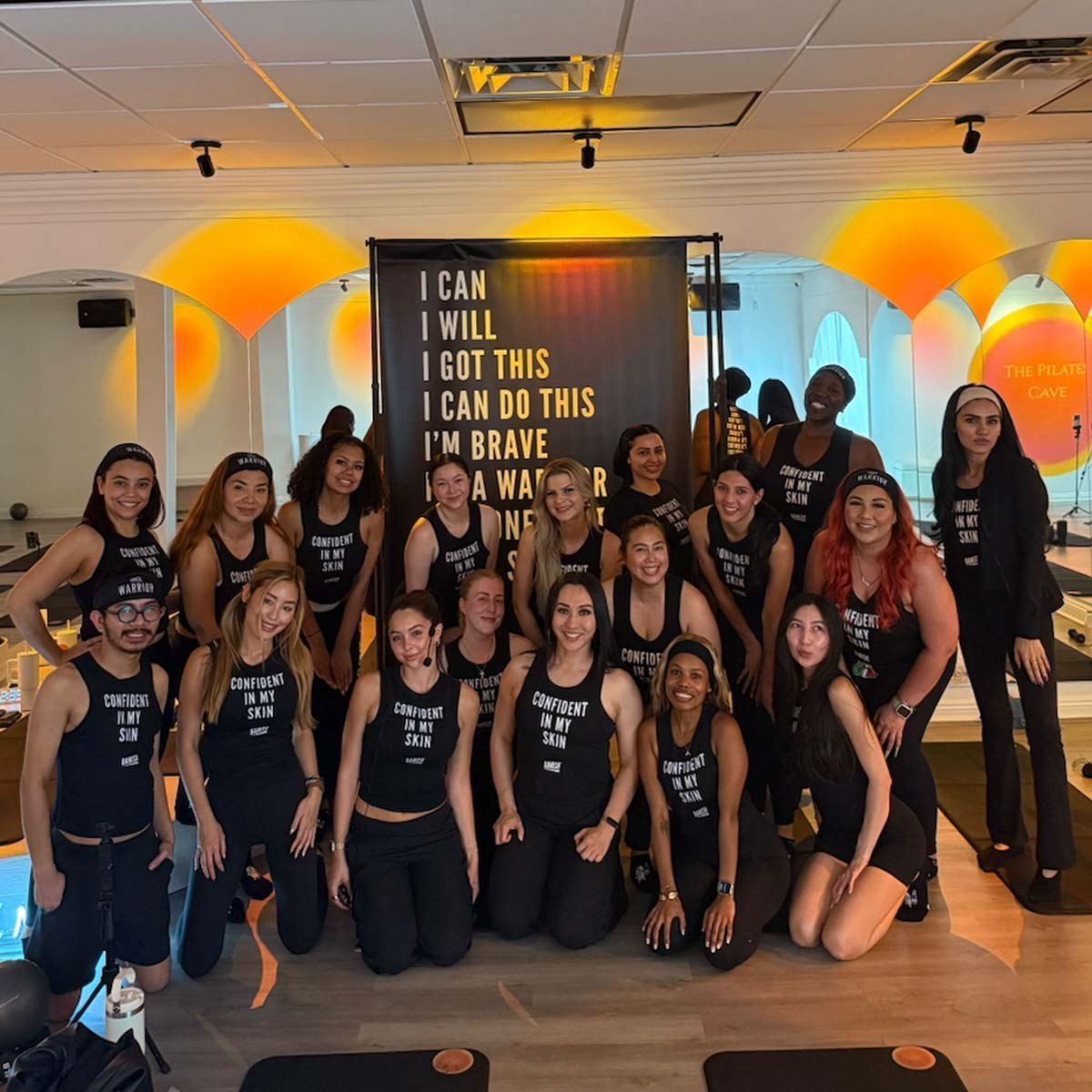
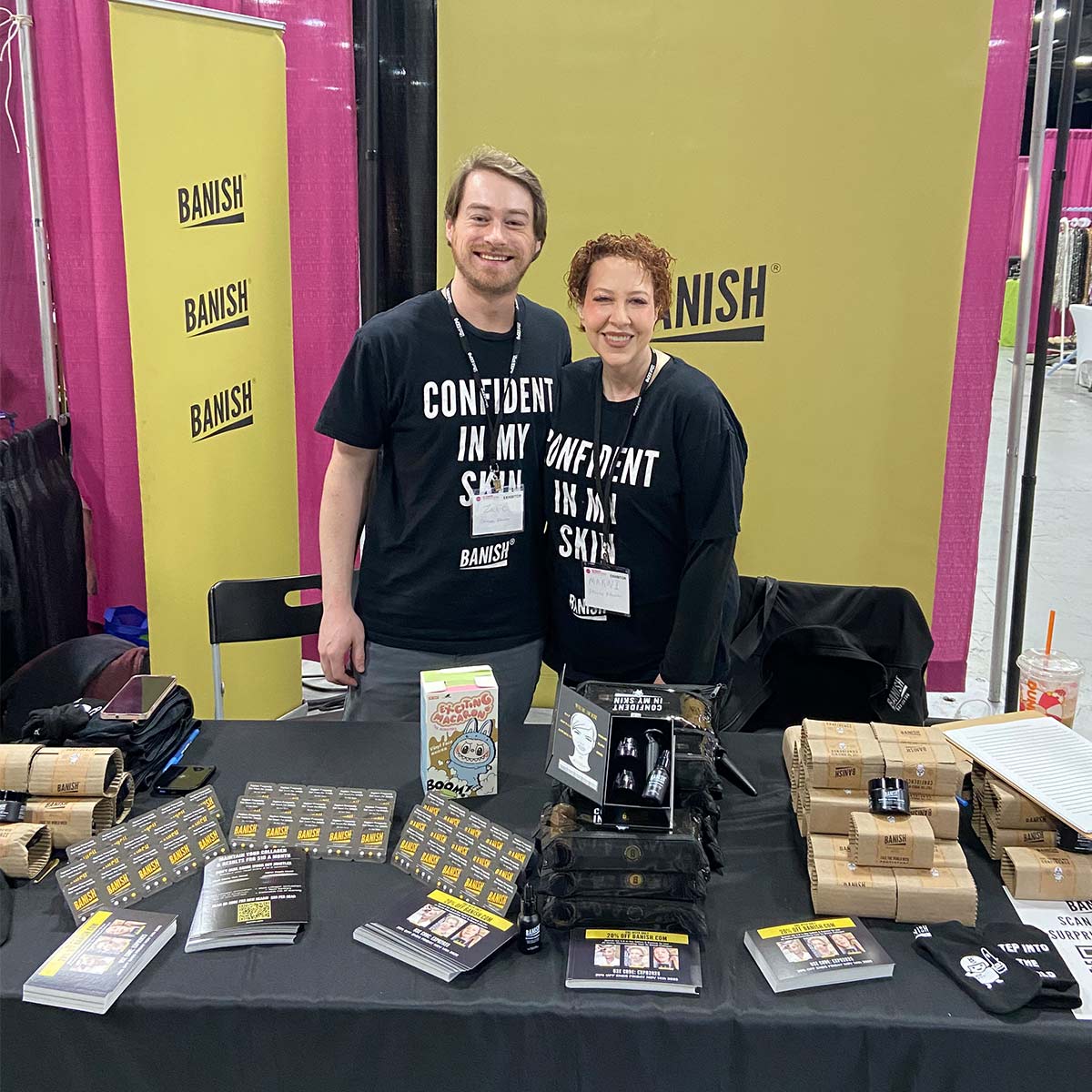
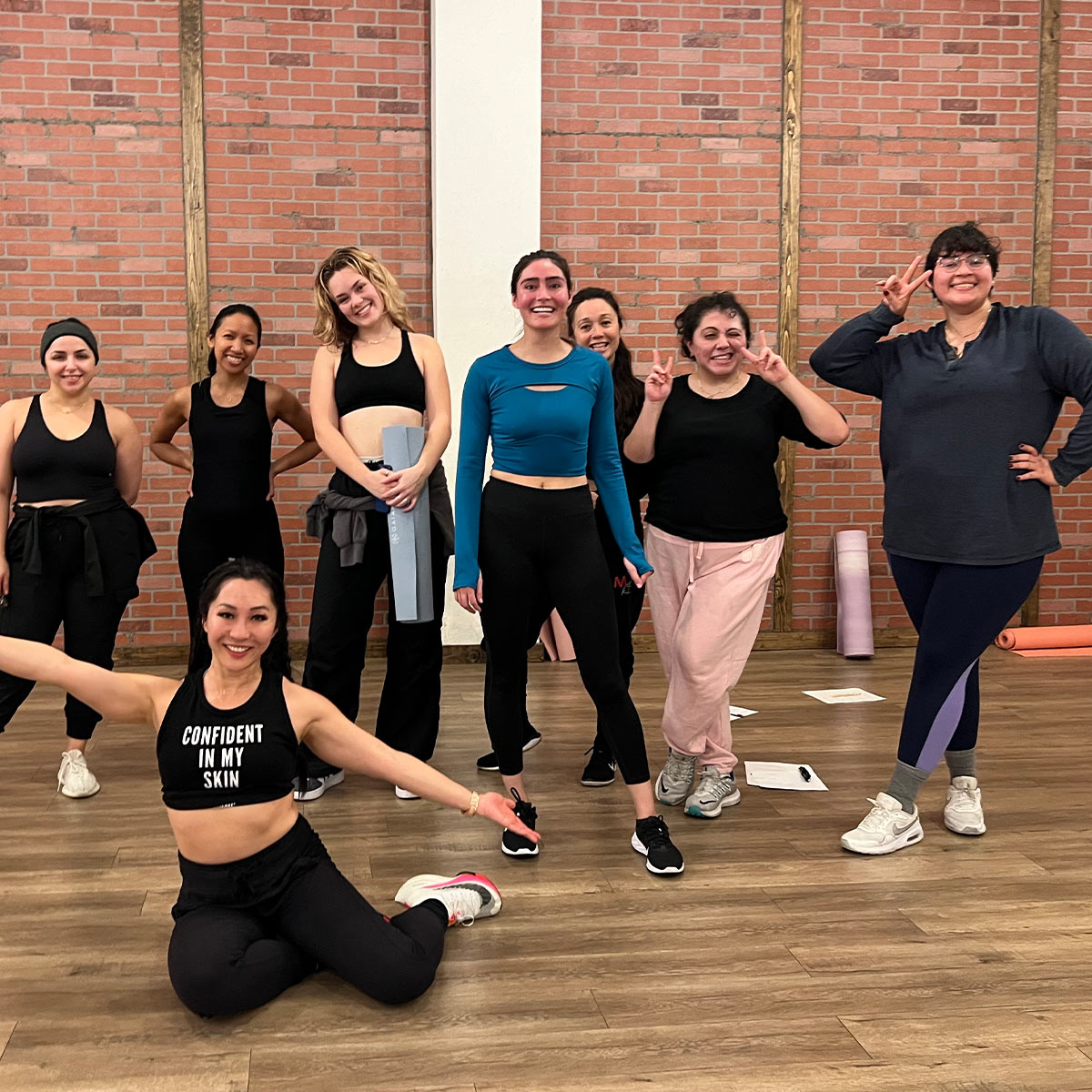
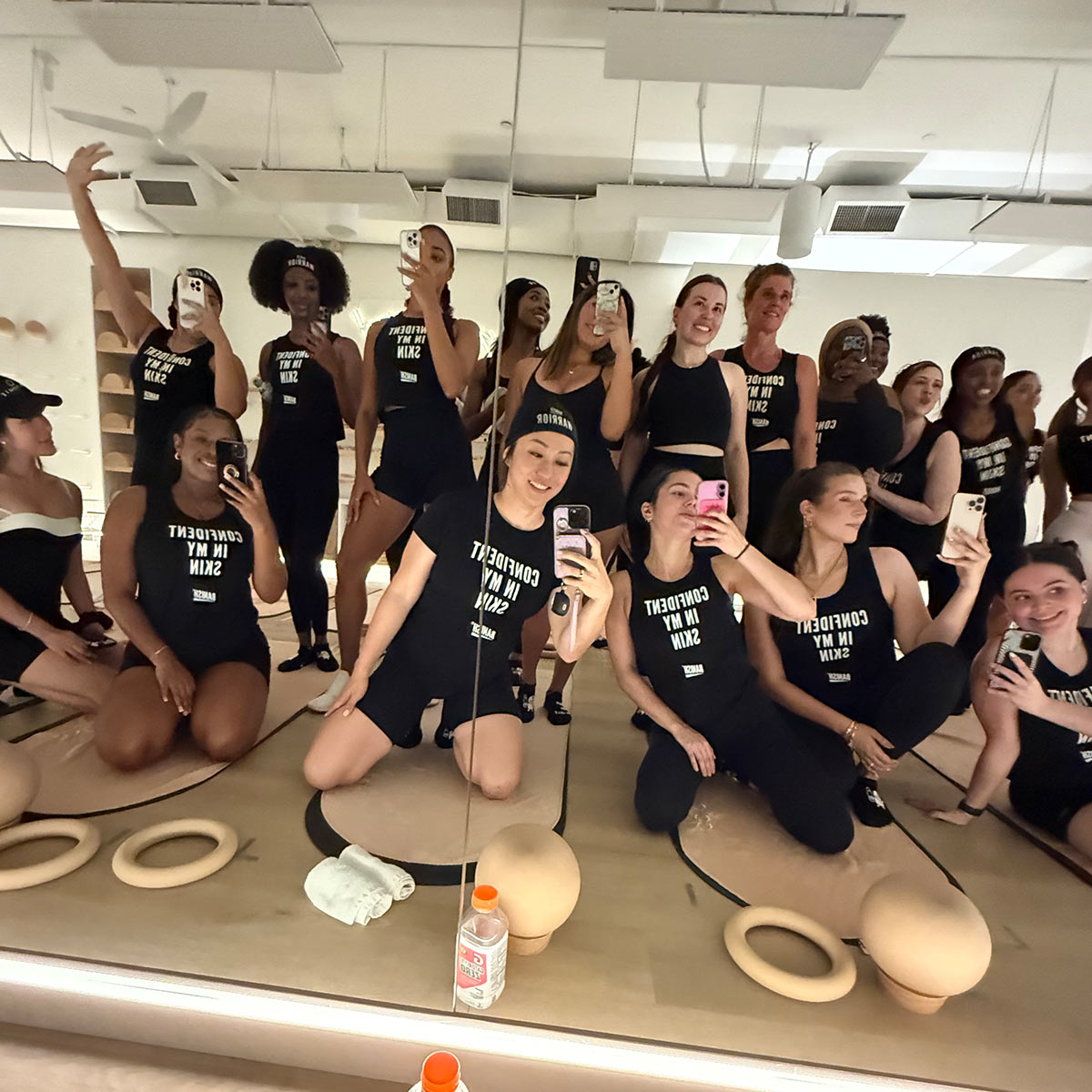
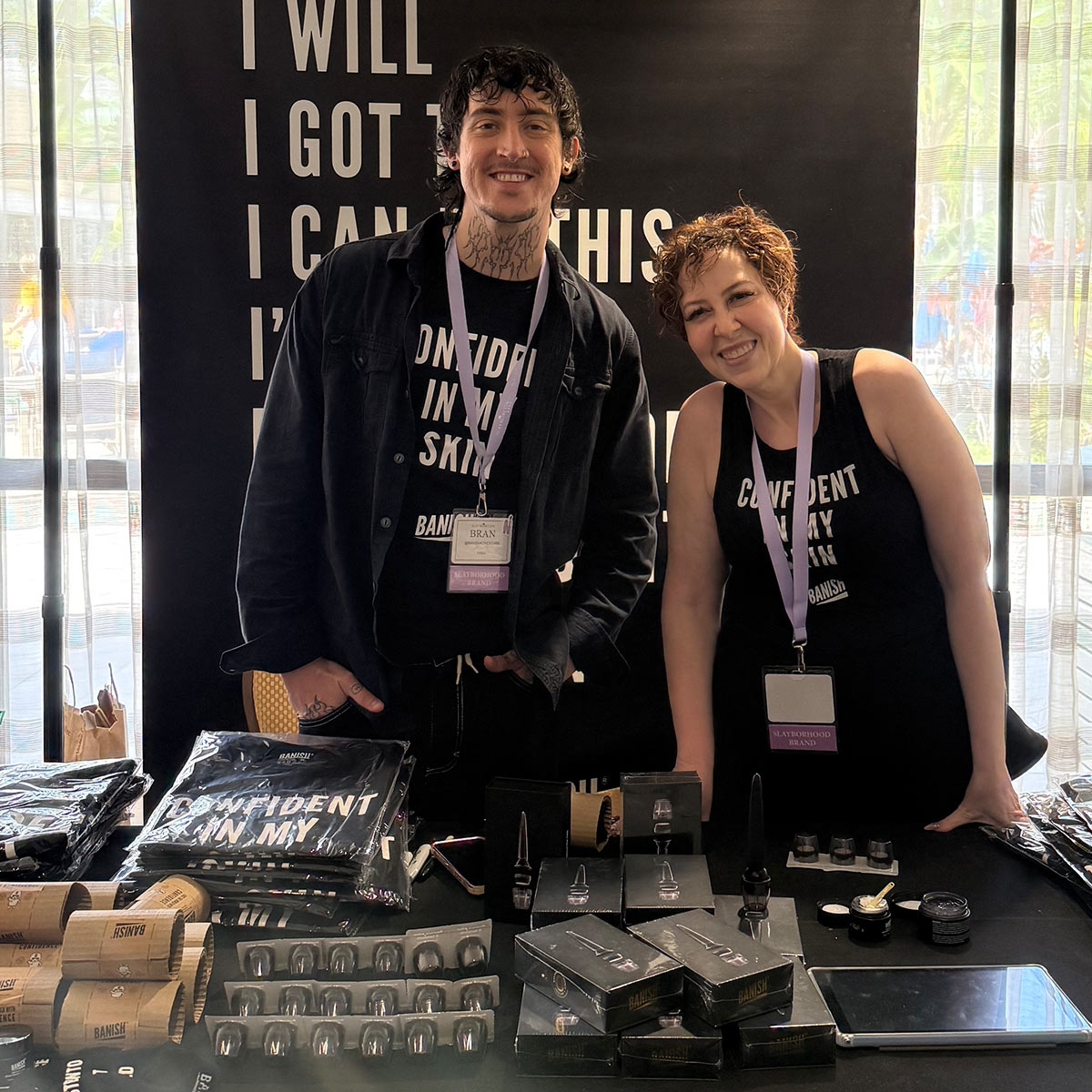
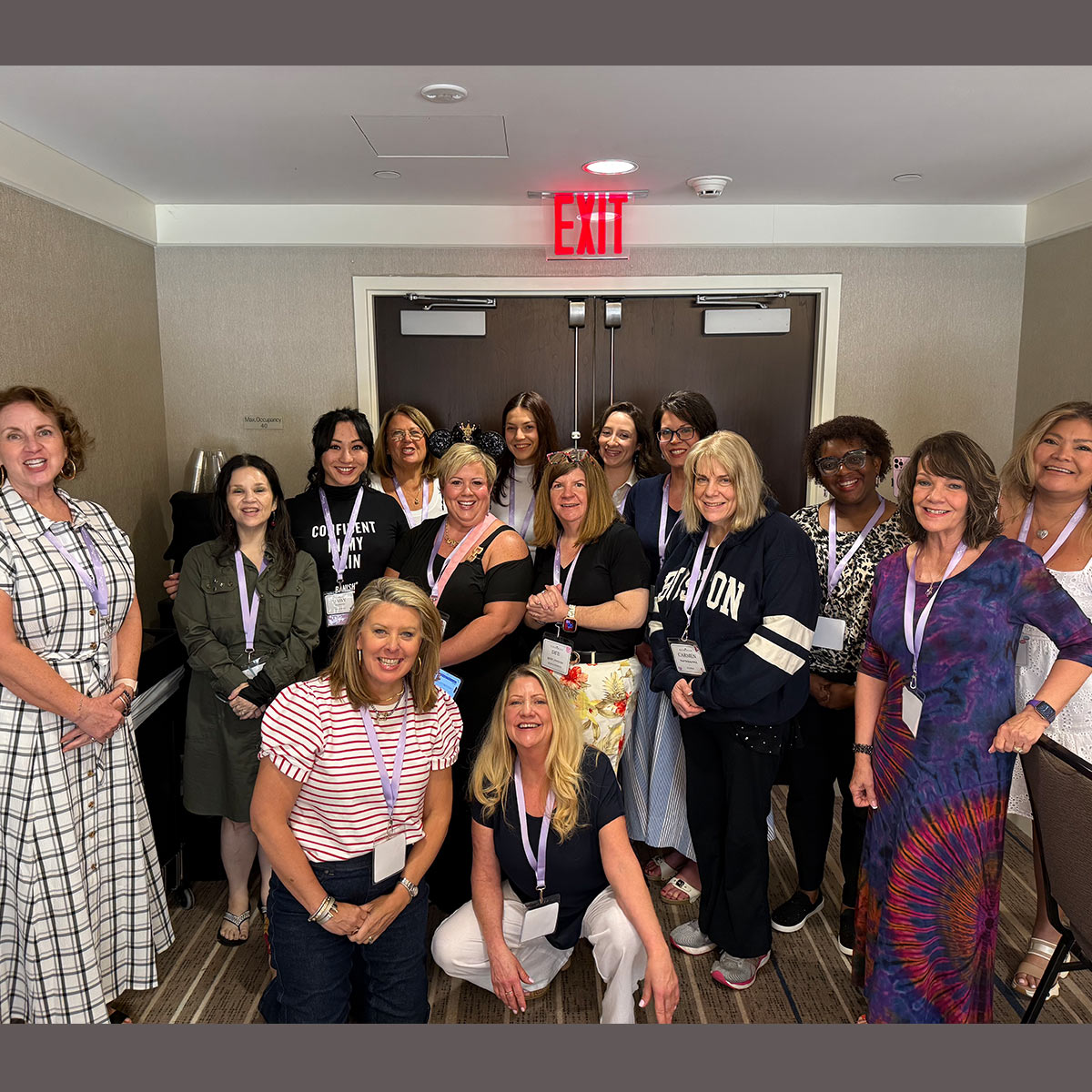


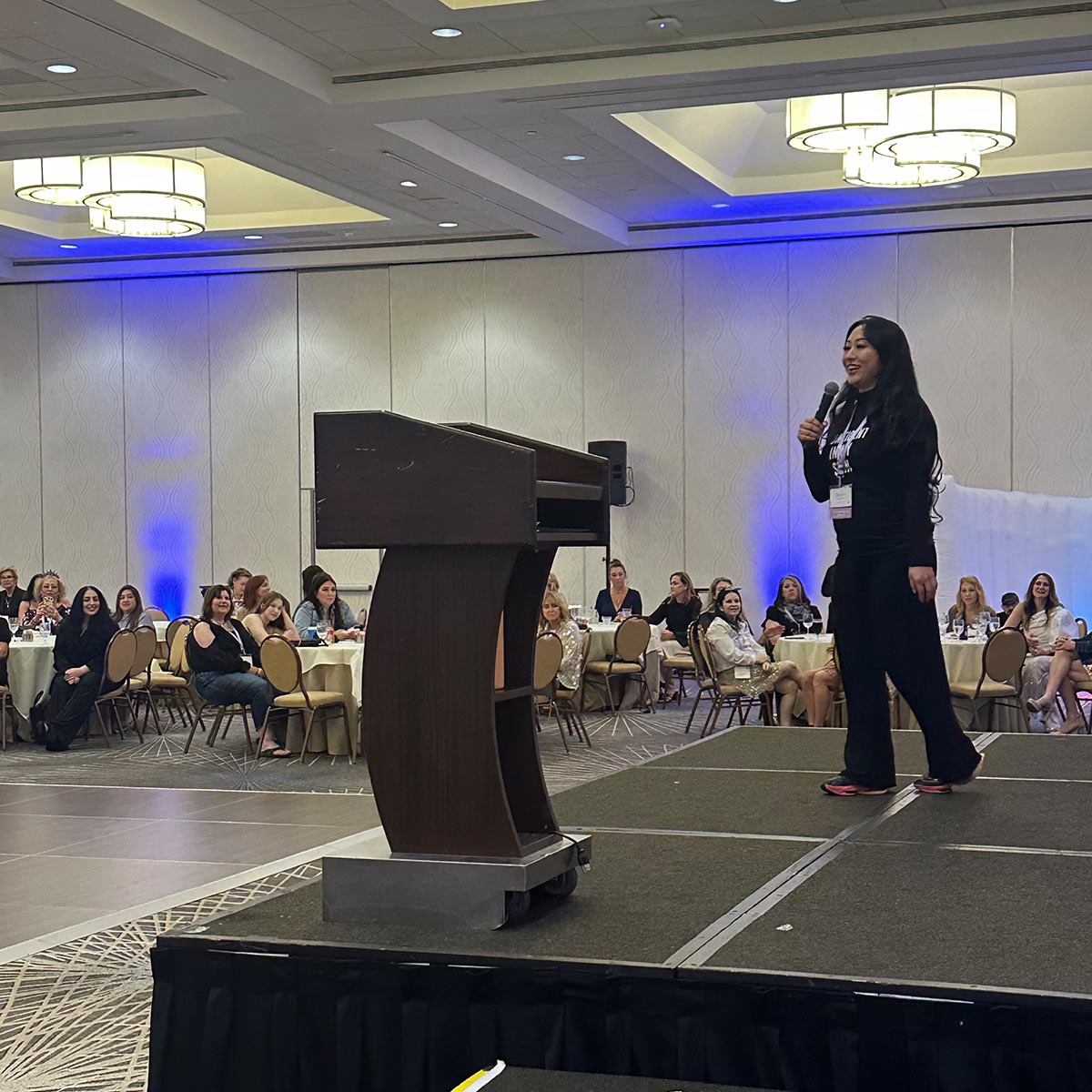
Leave a comment
All comments are moderated before being published.
This site is protected by hCaptcha and the hCaptcha Privacy Policy and Terms of Service apply.